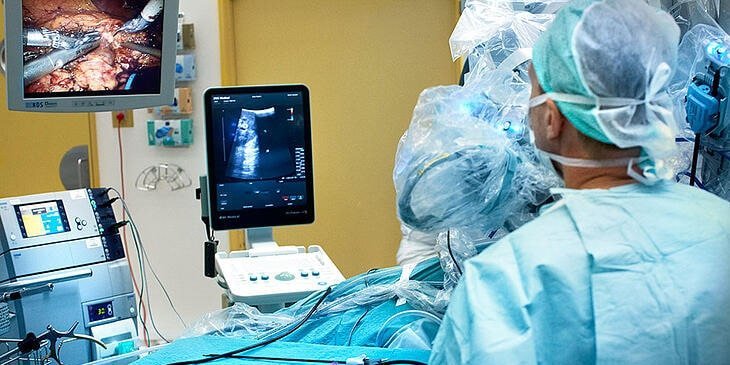
Laparoscopic management of deep endometriosis / endometriotic cyst Treatment in Ghaziabad, and Delhi
Laparoscopic Treatment
- Remove any nodules or growth that causes pain or infertility.
- View the organs for the sign and symptoms of endometriosis. It is a better way, but sometimes the growth can be tiny or hidden.
How is laparoscopy performed?
- Patients are advised not to eat or drink eight hours before the surgery.
- General anesthesia will be given to make one sleep throughout the surgery, or local anesthesia can also be given.
- Then, the incision is made below the belly button.
- Then, carbon-dioxide will be infused to inflate the abdomen to locate the organs properly.
- A laparoscope will then be inserted through one of the incisions containing light and a camera.
- When the endometriosis is located, the doctor will remove it either by excision or endometrial ablation.
- After the removal of endometriosis, the incisions are stitched back.
- The whole procedure takes around 30 min to 6 hours.
To get the Endometriosis laparoscopic treatment pay a visit today at Dr. Sowjanya Aggarwal IVF Clinic.
Laparoscopic management of adnexal mass Treatment in Ghaziabad, and Delhi
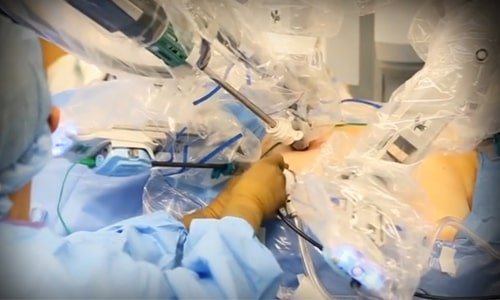
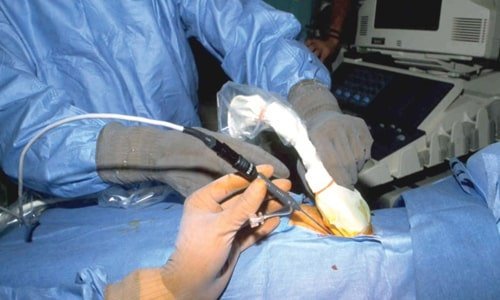
Adnexal masses are the outgrowth formed on the organs near the uterus. They are mostly non-cancerous cells but can be developed into cancerous cells. They are formed in the ovary, fallopian tubes, and or near the uterus.
Laparoscopic management can help to remove the adnexal mass.
- To perform laparoscopy, it is important to diagnose the type of mass that is formed, whether it is malignant or benignant.
- The size and shape of the mass are evaluated before the surgery.
- The location of the mass is also assessed before the surgery.
Procedure
- The patient is advised not to eat or drink eight hours before the surgery.
- General anesthesia will be given to make one sleepy throughout the surgery, or local anesthesia can also be given.
- Then, the incision is made below your belly button.
- Carbon-dioxide will be infused to inflate the abdomen to locate the organs properly.
- Then, a laparoscope will be inserted through one of the incisions containing light and a camera.
- When the adnexal mass is located then, the doctor removes it either by excision.
- After the removal of the adnexal mass, the incisions are stitched back.
To get treatment for laparoscopic adnexal mass Treatment in Ghaziabad, and Delhi, pay a visit today at Dr. Sowjanya Aggarwal IVF Clinic.
Laparoscopic management of uterine fibroid / myomectomy in Delhi
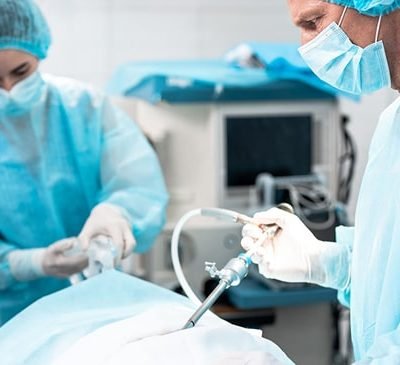
Myomectomy is a surgical process of removing uterine fibroids. Uterine fibroids are non-cancerous growth of the uterus and are not associated with cancer. It occurs during the childbearing days or can be developed at any age. Myomectomy is best for women who want a baby in the future. Unlike hysterectomy (complete removal of the uterus), it only removes fibroids and leaves the uterus in place.
Laparoscopic Myomectomy
- It is performed for the removal of the uterine fibroids.
- General anesthesia will be given to make the patient sleep throughout the surgery, but local anesthesia may also be given, which only numb a specific area.
- Four incisions are made in the lower belly.
- The abdominal cavity is then filled with carbon dioxide gas to locate organs properly.
- A thin microscope called a Laparoscope is placed through one of the incisions, and another instrument through other incisions is inserted for the removal of fibroids.
- The uterine muscles are stitched back, and the gas is released. After that, the skin incisions are stitched.
Benefits
- Reduce blood loss during surgery.
- Recovery is quick.
- The process is less painful and takes less time.
Laparoscopic management of Ectopic pregnancy
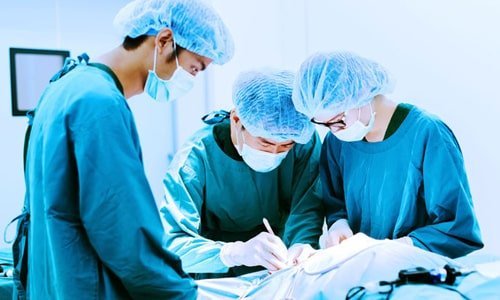
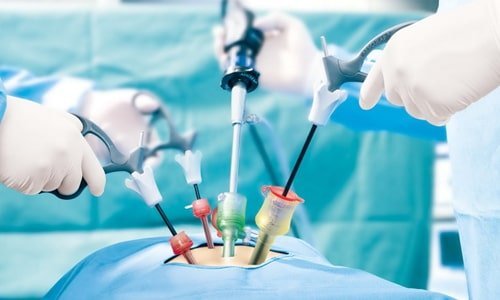
Ectopic pregnancy is a condition in which a fertilized egg implants itself outside the uterine cavity. It is mostly known as a tubal pregnancy because mostly the egg attaches itself to the fallopian tube. The ectopic pregnancy is not successful because the fertilized egg cannot survive and may cause heavy bleeding, and sometimes it is a fatal condition. Laparoscopy is performed to correct ectopic pregnancy conditions and to save the life of the pregnant mother.
The procedure of Laparoscopic management of Ectopic pregnancy
- General anesthesia will be given to you to make you unconscious throughout the surgery.
- Then, a small incision will be made at or near the naval.
- Then, a laparoscope with a light source and a camera is inserted through one of the incisions to view inside the pelvic region.
- There are two types of laparoscopic surgeries performed to remove the ectopic pregnancy
Salpingostomy – It is performed to remove ectopic pregnancy only. It is done when the fallopian tube is not damaged due to pregnancy.
Salpingectomy – It is performed to remove both ectopic pregnancy and fallopian tubes. It is done when the fallopian tube is damaged due to pregnancy.
Benefits
- Less blood loss
- Take less time
- Recovery rate is fast.
For immediate Ectopic pregnancy laparoscopic treatment in Delhi, visit now at Dr. Sowjanya Aggarwal IVF Clinic.
Diagnostic Laparoscopy Treatment in Delhi
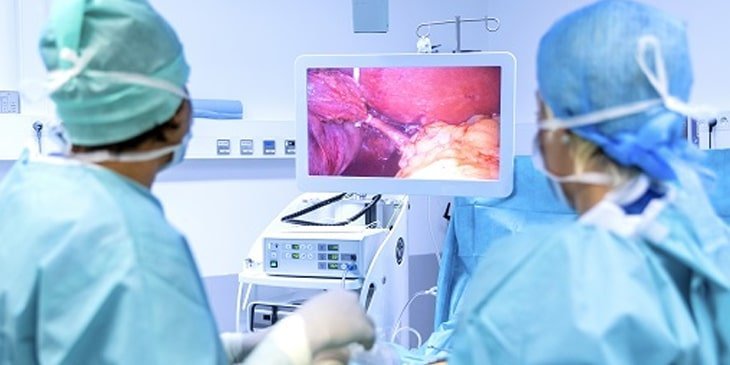
Diagnostic laparoscopy is a surgical procedure to diagnose the abnormality caused in the internal organs like the abdomen, uterus, and pelvis. It is a low-risk surgery that needs only a small incision. It is used to collect the tissue samples for testing of medical conditions and diseases. The procedure includes a laparoscope instrument, a long thin tube-like structure containing a high-intensity light, and a camera. It is used to see inside organs of the body like the uterus and surrounding organs. Dr. Sowjanya Aggarwal has extensive experience in this and providing the best laparoscopy treatment in Delhi.
How is the procedure performed?
- Firstly, general anesthesia is given to make the patient fall asleep throughout the surgery.
- Then, a small incision is made below the belly button.
- A hollow tube called a trocar is then inserted through one of the incisions. Carbon- dioxide is then filled into the abdomen through a trocar to expand the abdomen, which will help to locate organs.
- A laparoscope is then inserted through the trocar that helps to see inside the abdomen and pelvis area.
- After the diagnosis is completed, the instrument is removed, and the gas is released from the abdomen.
- Then the cuts are closed, and the bandages are applied over the area.
Why laparoscopy treatment?
- It is used to detect the uterus tumor.
- Liver disease.
- Diagnose disease or cancer.
- Abnormality of the uterus.
- Abdominal pain causes.
- Female infertility causes diagnosis.
For more information about diagnostic laparoscopy treatment in Delhi, visit now at Dr. Sowjanya Aggarwal IVF Clinic.
Laparoscopic sacrocolpopexy treatment in Delhi
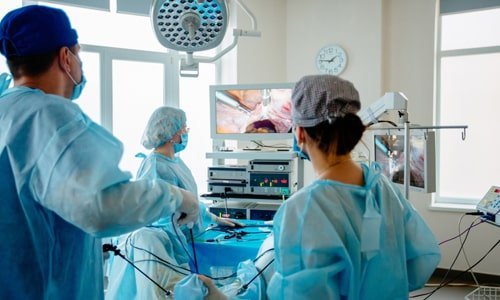
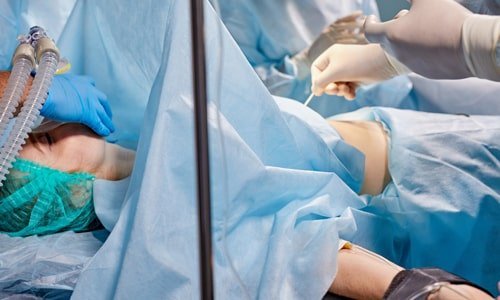
Laparoscopic sacrocolpopexy treatment is used to treat rupture that might be caused to the vagina after a hysterectomy (removal of the uterus) that leaves a space in the abdomen known as Vaginal Vault rupture. It occurs in 40% of the women who undergo a hysterectomy.
Procedure
- General anesthesia is given to the patient that makes the patient sleep throughout the operation.
- Three 5 mm incisions are made into the abdomen and two near the bikini line, and one within the belly button.
- Then, carbon dioxide is inserted through one of the incisions to create a surgery space.
- Then, a laparoscope is inserted through one of the cuts. A light source with a camera is inserted through one incision, and some other additional instruments that are required from other incisions are inserted.
- A piece of mesh is then stitched and secured to the ligament that prevents it from prolapsing.
- The wounds are then stitched.
Benefits of Laparoscopy sacrocolpopexy
- It improves the functionality of the pelvic organs.
- The success rate of the surgery is very high.
- It uses small cuts and incisions.
- There is no scarring after the surgery.
- Lower risk of any damage to nearby organs.
- The operation is quicker, and the recovery rate is fast.
Laparoscopic Pelvic Floor Surgery in Delhi
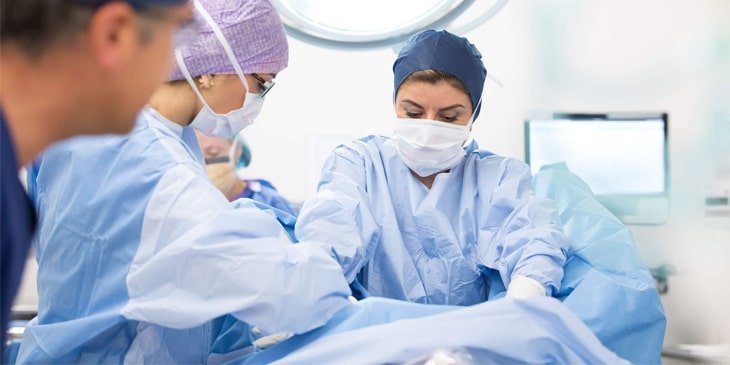
There are various uses of laparoscopic surgery. Such as
- It aids in the repair of Enterocoele that is a herniation at the top of the vagina.
- It aids in the correction of Urethrocoele, which is a herniation of the urethra on the lower front wall of the vagina.
- It aids in the repair of the Rectocoele, which is herniation of the rectum through the back wall of the vagina.
Procedure
- To perform laparoscopy involves a shave and fast for 6 hours before the operation. There are several steps for laparoscopic surgery
- General anesthesia is given to the patient during the surgery.
- A small incision is made on the lower abdomen, and laparoscopic instruments are introduced.
- The pelvic structures are checked, the area between the vagina and bowel is opened then, the bowel is freed from the vagina.
- Sutures are placed in the vaginal ligaments and the back wall of the vagina to create a column of support, then the side area of the vagina is opened.
- Then, bladder neck suspension is performed, and the wounds are closed.
To repair pelvic floor defects with the help of a laparoscope, consult now with an expert at Dr. Sowjanya Aggarwal IVF Clinic.
Laparoscopic hysterectomy treatment in Delhi
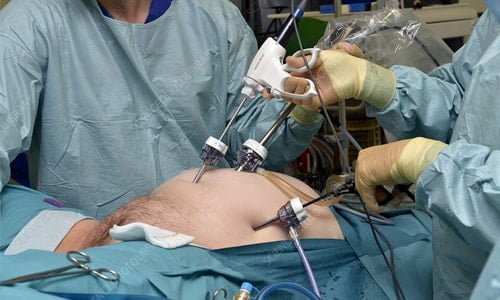
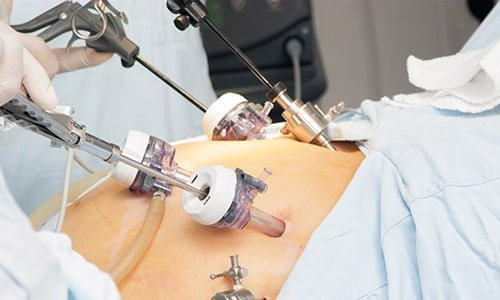
Hysterectomy is a procedure for removing the uterus due to uterine prolapse or fibroids caused in the uterus. It is performed by using a laparoscope and needs a small incision, and a camera is inserted through it for the operative surgery.
Types of hysterectomy
Hysterectomy can be complete or partial removal of some parts of the uterus, depending upon the reason. There are three types of hysterectomy-
Supracervical hysterectomy – Performed to remove the only upper part of the uterus and leave the cervix intact.
Total hysterectomy – Performed to remove the complete uterus and cervix.
Radical hysterectomy – Performed to remove the whole uterus, cervix, and the upper part of the vagina. It is performed when there is cancer in the uterus.
Advantage
- There are numerous advantages of laparoscopic techniques over surgical procedure-
- It requires only a small incision, about 3-5mm inch incision.
- There is less blood loss during this procedure.
- There is no scarring and less operational pain.
- It only required a patient to stay for 2-3 days in hospital after the surgery.
- The recovery period is 2-3 weeks less than operational surgery.
- The risk of infection is very low as compared to abdominal hysterectomy because the incision is small.
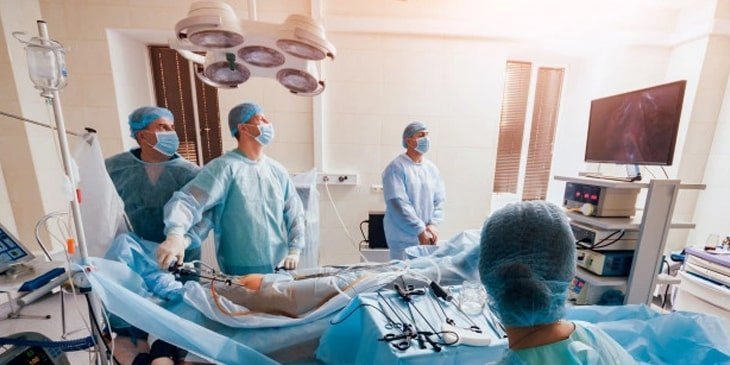
Hydrosalpinx is a medical term for fallopian tube blockage caused due to fluid-filled in the tube. It prevents fertilization because the fallopian tube is a passage for the meeting of sperm and ovum.
Hydrosalpinx usually occurs due to an untreated infection that causes pus to fill into the tube.
Salpingectomy laparoscopy procedure
Laparoscopic salpingectomy is a surgical procedure for the removal of the affected fallopian tube with the help of a Laparoscope.
The eggs will no longer be able to travel through the removed fallopian tubes, and this affects the future pregnancy in females. It is used to correct ectopic pregnancy or cancer, remove the tube that is blocked or ruptured, and treat the tube’s infection.
Procedure
-
- It is performed under general anesthesia to make the patient fall asleep during the surgery, or sometimes local anesthesia may also be used.
- A small incision will be made into your lower abdomen from which a hollow tube called a trocar is inserted.
- Then, carbon dioxide is filled into the abdominal cavity to inflate it, which helps to get a clear view of the organs.
- A laparoscope containing a camera and a light source is inserted, which helps to view the organs clearly onto the computer screen.
- Additional instruments are also inserted to cut the tube (remove one or both fallopian tubes) by making other small incisions.
- After the removal of the tube, the cuts are stitched back, and bandages are placed over the affected area.
For more information about laparoscopic salpingectomy treatment in Delhi, visit now at Dr. Sowjanya Aggarwal IVF Clinic.